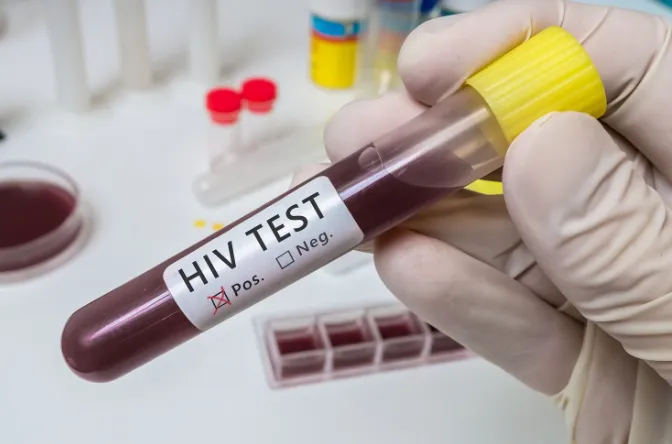The news that a woman from the United States has become the third person in the world to be cured of HIV infection recently made the rounds. A disease that was previously considered incurable can be successfully treated with stem cells from umbilical cord blood. This is a great hope for both patients and researchers.
.
Current treatment of patients with HIV
When HIV infection is detected, antiretroviral drugs are administered to the patient. HAART therapy is necessary for life, as it prevents viral replication and significantly slows the progression of the disease to full acquired immunodeficiency syndrome (AIDS). It also allows the immune system to rebuild and reduces the number of complications associated with the development of the disease. Unfortunately, the drugs used carry the risk of side effects and drug resistance. They also do not guarantee a cure. For this reason, researchers are still looking for a way to completely rid the person's body of the HIV virus and stop taking antiretroviral drugs.
Why were stem cells transplanted in HIV patients?
Stem cells were transplanted in both the earlier patients who were cured of HIV infection and the last patient because all three patients had cancer. In the last case, the patient was battling acute myeloid leukemia. Since it was difficult to find a bone marrow donor, it was decided to transplant stem cells from umbilical cord blood. After the transplant, immune antibodies began to be produced, and the HIV virus could no longer attack them and reproduce. This stopped the progression of the disease and eliminated the need for antiretroviral drugs.
Stem cells from umbilical cord blood as hope for HIV patients
The target cells in the human body for HIV include those that contain the CD4 receptors necessary for infection and the CCR5 coreceptors. The cure in all three cases is due to a mutation in the CCR5 gene, which "protects" against HIV infection. Both the cells transplanted into the American woman and the earlier patients contained this mutation, which results in a non-functional receptor. This prevents the HIV virus from attacking cells of the immune system, inhibiting its replication. Interestingly, this mutation is thought to be present in about 3% of the population, which means that this group of people is immune to HIV infection.
What is the advantage of cells from umbilical cord blood over bone marrow?
Two patients who have so far been cured of HIV infection have received stem cells from bone marrow. An American woman is the first person to be cured with cells from umbilical cord blood.
Stem cells are present in bone marrow and umbilical cord blood, among other places. However, donors derived from cord blood have a lower risk of rejection and transplant complications due to their lower immunological maturity. In addition, their regenerative capacity is 10 times greater than that of bone marrow-derived cells. It also shortens the search for a donor, which, as in the case of the American woman described, can be very difficult because of race or origin. Because stem cells from umbilical cord blood are stored at very low temperatures, the risk of damage and aging is much lower than for cells from bone marrow.
Whether stem cells from umbilical cord blood will become a widely used therapy for HIV-infected patients remains to be seen for the time being. What is certain is that the list of diseases for which stem cells can be used is growing. This, in turn, should dispel any doubts parents may have about collecting umbilical cord blood and storing their child's stem cells. Birth is a once-in-a-lifetime opportunity.











